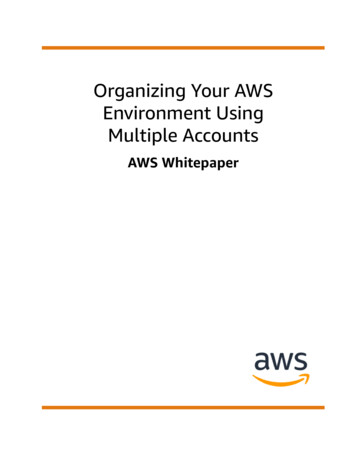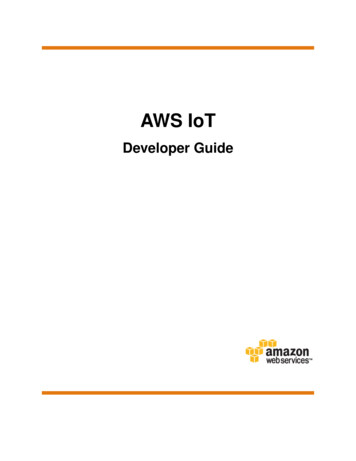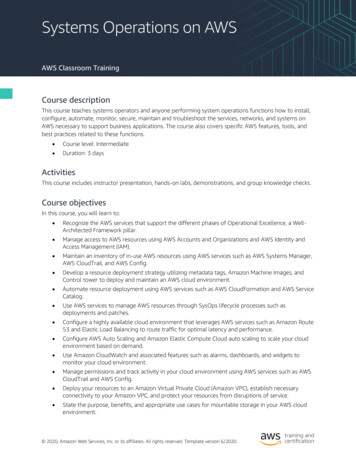
Transcription
Systems Operations on AWSAWS Classroom TrainingCourse descriptionThis course teaches systems operators and anyone performing system operations functions how to install,configure, automate, monitor, secure, maintain and troubleshoot the services, networks, and systems onAWS necessary to support business applications. The course also covers specific AWS features, tools, andbest practices related to these functions. Course level: Intermediate Duration: 3 daysActivitiesThis course includes instructor presentation, hands-on labs, demonstrations, and group knowledge checks.Course objectivesIn this course, you will learn to: Recognize the AWS services that support the different phases of Operational Excellence, a WellArchitected Framework pillar. Manage access to AWS resources using AWS Accounts and Organizations and AWS Identity andAccess Management (IAM). Maintain an inventory of in-use AWS resources using AWS services such as AWS Systems Manager,AWS CloudTrail, and AWS Config. Develop a resource deployment strategy utilizing metadata tags, Amazon Machine Images, andControl tower to deploy and maintain an AWS cloud environment. Automate resource deployment using AWS services such as AWS CloudFormation and AWS ServiceCatalog. Use AWS services to manage AWS resources through SysOps lifecycle processes such asdeployments and patches. Configure a highly available cloud environment that leverages AWS services such as Amazon Route53 and Elastic Load Balancing to route traffic for optimal latency and performance. Configure AWS Auto Scaling and Amazon Elastic Compute Cloud auto scaling to scale your cloudenvironment based on demand. Use Amazon CloudWatch and associated features such as alarms, dashboards, and widgets tomonitor your cloud environment. Manage permissions and track activity in your cloud environment using AWS services such as AWSCloudTrail and AWS Config. Deploy your resources to an Amazon Virtual Private Cloud (Amazon VPC), establish necessaryconnectivity to your Amazon VPC, and protect your resources from disruptions of service. State the purpose, benefits, and appropriate use cases for mountable storage in your AWS cloudenvironment. 2020, Amazon Web Services, Inc. or its affiliates. All rights reserved. Template version 6/2020.
Systems Operations on AWSAWS Classroom Training Explain the operational characteristics of object storage in the AWS cloud, including AmazonSimple Storage Service (Amazon S3) and Amazon S3 Glacier. Build a comprehensive costing model to help gather, optimize, and predict your cloud costs usingservices such as AWS Cost Explorer and the AWS Cost & Usage Report.Intended audienceThis course is intended for: System administrators and operators who are operating in the AWS Cloud Informational technology workers who want to increase their system operations knowledge.PrerequisitesWe recommend that attendees of this course have the following prerequisites: Successfully completed the AWS Technical Essentials course Background in either software development or systems administration Proficiency in maintaining operating systems at the command line, such as shell scripting in Linuxenvironments or cmd/PowerShell in Windows Basic knowledge of networking protocols (TCP/IP, HTTP)Enroll todayVisit aws.training to find a class today. 2020, Amazon Web Services, Inc. or its affiliates. All rights reserved. Template version 6/2020.
Systems Operations on AWSAWS Classroom TrainingCourse outlineDay 1Module 1: Introduction to System Operations on AWS Systems operations AWS Well-Architected Framework AWS Well-Architected ToolModule 2a: Access Management Access management Resources, accounts, and AWS OrganizationsModule 2b: System Discovery Methods to interact with AWS services Introduction to monitoring services Tools for automating resource discovery Inventory with AWS Systems Manager and AWS Config Troubleshooting scenario Hands-On Lab: Auditing AWS Resources with AWS Systems Manager and AWS ConfigModule 3: Deploy and Update Resources Systems operations in deployments Tagging strategies Deployment using Amazon Machine Images (AMIs) Deployment using AWS Control Tower Troubleshooting scenarioModule 4: Automate Resource Deployment Deployment using AWS CloudFormation Deployment using AWS Service Catalog Troubleshooting scenario Hands-On Lab: Infrastructure as Code 2020, Amazon Web Services, Inc. or its affiliates. All rights reserved. Template version 6/2020.
Systems Operations on AWSAWS Classroom TrainingDay 2Module 5: Manage Resources AWS Systems Manager Troubleshooting scenario Hands-On Lab: Operations as CodeModule 6a: Configure Highly Available Systems Distributing traffic with Elastic Load Balancing Amazon Route 53Module 6b: Automate Scaling Scaling with AWS Auto Scaling Scaling with Spot Instances Managing licenses with AWS License Manager Troubleshooting scenarioModule 7: Monitor and Maintain System Health Monitoring and maintaining healthy workloads Monitoring distributed applications Monitoring AWS infrastructure Monitoring your AWS account Troubleshooting scenario Hands-On Lab: Monitoring Applications and InfrastructureModule 8: Data Security and System Auditing Maintaining a strong identity and access foundation Implementing detection mechanisms Automating incident remediation Troubleshooting scenario Hands-On Lab: Implementing IAM permissions boundaries 2020, Amazon Web Services, Inc. or its affiliates. All rights reserved. Template version 6/2020.
Systems Operations on AWSAWS Classroom TrainingDay 3Module 9: Operate Secure and Resilient Networks Building a secure Amazon Virtual Private Cloud (Amazon VPC) Networking beyond the VPC Troubleshooting scenarioModule 10a: Mountable Storage Configuring Amazon Elastic Block Storage (Amazon EBS) Sizing Amazon EBS volumes for performance Using Amazon EBS snapshots Using Amazon Data Lifecycle Manager to manage your AWS resources Creating backup and data recovery plans Configuring shared file system storageModule 10b: Object Storage Deploying Amazon Simple Storage Service (Amazon S3) with Access Logs, Cross-RegionReplication, and S3 Intelligent-Tiering Hands-On Lab: Automating with AWS Backup for Archiving and RecoveryModule 11: Cost Reporting, Alerts, and Optimization Gaining AWS cost awareness Using control mechanisms for cost management Optimizing your AWS spend and usage Hands-On Lab: Capstone lab for SysOps 2020, Amazon Web Services, Inc. or its affiliates. All rights reserved. Template version 6/2020.
monitor your cloud environment. Manage permissions and track activity in your cloud environment using AWS services such as AWS CloudTrail and AWS Config. Deploy your resources to an Amazon Virtual Private Cloud (Amazon VPC), establish necessary connectivity to your Amazon VPC, and protect your resources from disruptions of service.



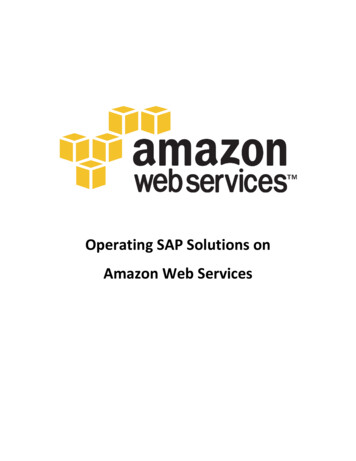
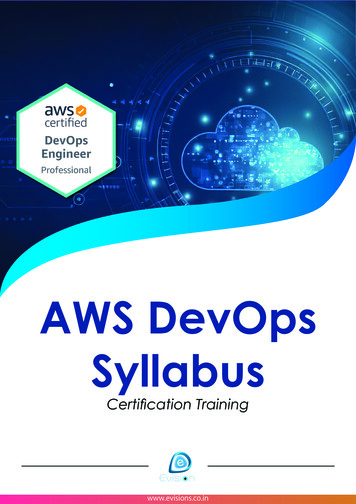


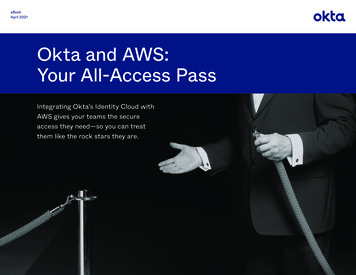
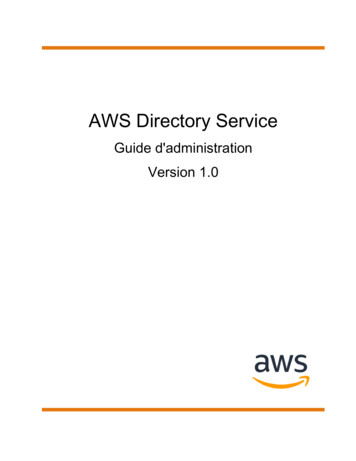
![[AWS Black Belt Online Seminar] AWS X-Ray](/img/17/20200526-blackbelt-x-ray.jpg)
